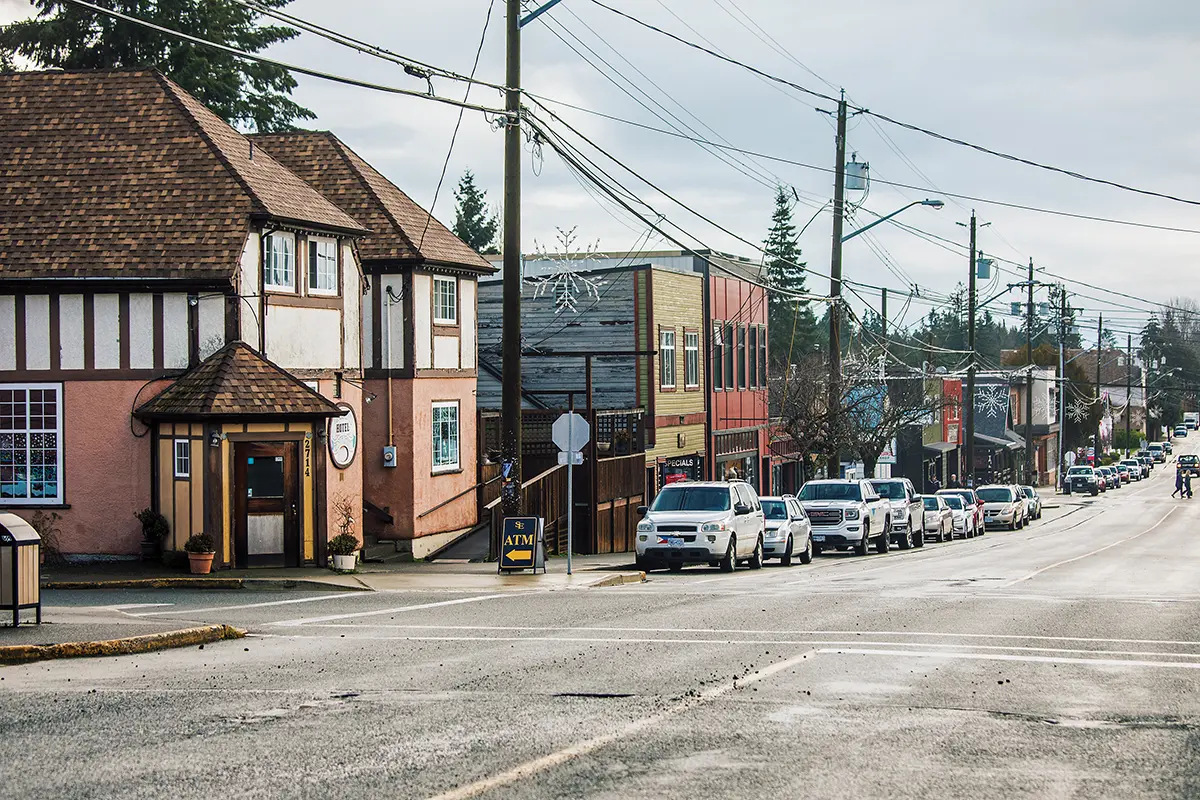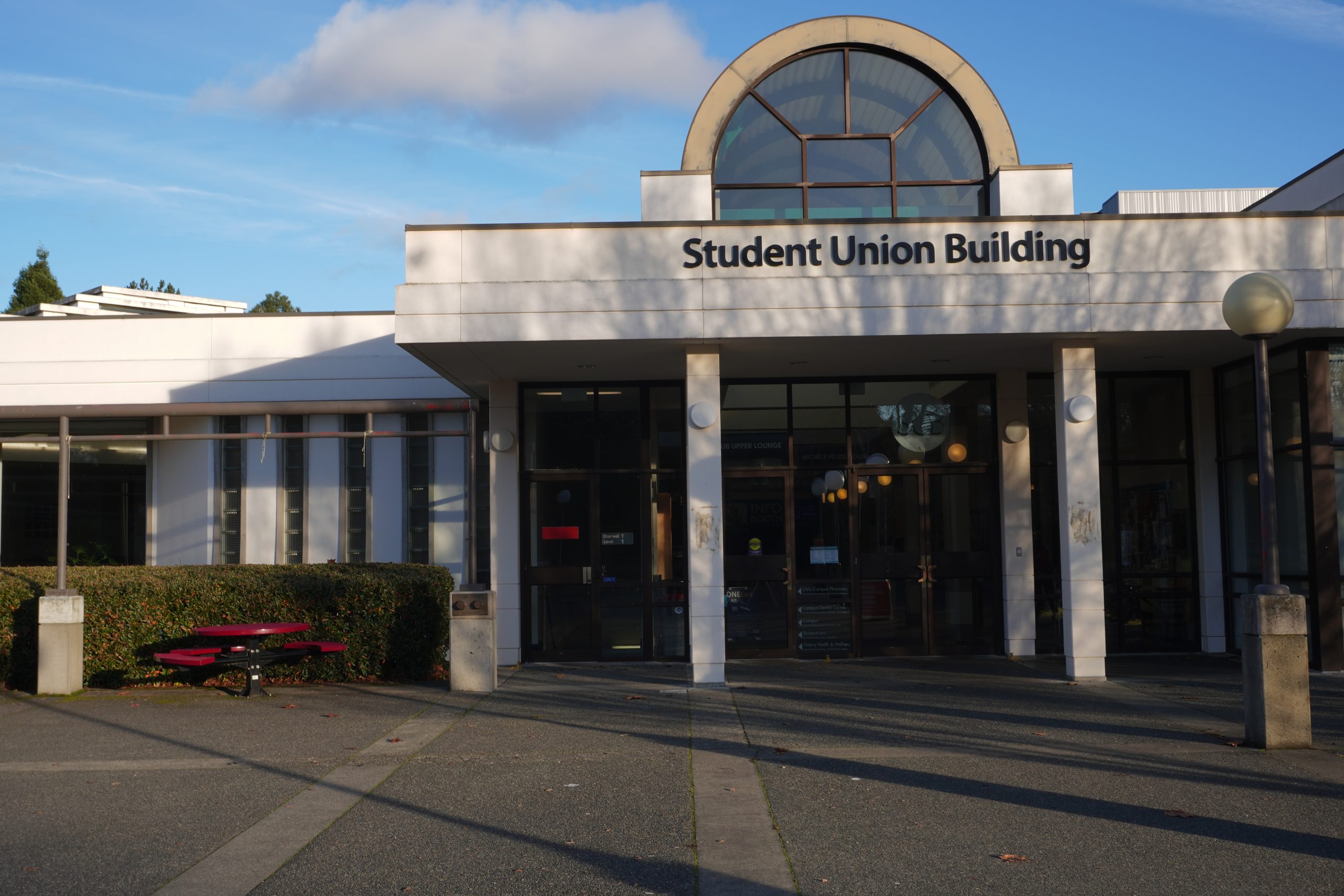A full crowd packed the First Peoples House for Pacific NorthWest LNG: New Pipeline Same Problems, a series of presentations and panel discussions on Nov. 7.
Presented by the Society of Geography Students (SOGS) and the Pacific Centre for Environmental Law and Litigation (CELL), the evening featured a variety of hosts, attendees, and even a SHAW crew who televised the event.
Greg Knox, SkeenaWild executive director and salmon fisheries biologist, gave an overview of the project and its different components, as well as its problems. “I think this is a real key issue for all Canadians,” Knox said.
Petronas, a Malaysian oil and gas company, wants to build an $11-billion LNG facility, Knox explained, one of the largest liquefying gas facilities in the world. The project proposes to tap gas from northeast of Fort St. John and put it through the pipeline infrastructure that will be built across northern B.C. to a Prince Rupert facility where it would then be liquefied and shipped to Asians market.
Effects on climate a priority concern
One of the concerns about the project is its substantial power requirements. “This project would take about the same amount of energy that is required to power up the city of Vancouver,” Knox said, “or the Site C Dam that’s being built on the Peace River. So about 1100 meg- awatts—huge amounts of power.”
Knox stressed that burning gas at high volumes means significant climate pollution. “When you consider the facility itself, and then the emissions upstream from methane leaks, etc., and the fracking and the pipelines—it would be the largest climate polluter in Canadian history.
This project would make it impossible to meet B.C.’s climate targets, Knox said.
“We [the world] have a very big problem,” Andrew Weaver, MLA for Oak Bay-Gordon Head, said. “And Canada told the world that we are going to be a part of the solution to that problem.”
By signing the Paris Accord, Canada acknowledged that “there can be no new investment into any new fossil fuel infrastructure that will be around for decades to come,” Weaver said.
“The fact that the federal government and provincial government are trying to push us in this direction of building a fossil fuel infrastructure,” he continued, “is incompatible with them signing the Paris Accord. There is an absolutely profound disconnect between science and policy in this area.”
“If Petronas goes through,” Weaver said, “if it builds—this simply means we cannot meet any reduction targets in British Columbia.”
Local ecology at risk
A second concern is the project’s effects on salmon habitat. The Skeena watershed is the size of Switzerland and is the second-larg- est salmon-producing ecosystem in Canada. “This contains some of the most important and sensitive salmon habitat on the west coast of Canada and North America,” Knox said. “There are twenty-five times more juvenile salmon living here.” This makes it the epicentre of where these fish live and anything that hap- pens will have 25 times the impact on the estuary, compared to other salmon habitats.
Knox said, “A lot of the salmon scientists have stated that this [project] has the potential to collapse the fish and the fisheries.” He explained that 80 per cent of the people who live in the area depend on the fish for food, way of life, recreation, livelihood, and culture.
“What most people don’t know and don’t see is what’s being done up in our communities up there,” Knox said. “[Oil and gas companies] make no accountability with the traditional governments system in these Indigenous communities, and they’ve absolutely torn these communities apart.”
Consultations require Indigenous framework
Heidi Stark, a UVic assistant profes- sor of Political Science, spoke about the absence of space and recog- nition within LNG discussions for Indigenous law and legal orders. “Discussions are framed around Indigenous participation in the pro- posed project instead of around questions of Indigenous jurisdiction and territorial rights and responsibili- ties,” she said.
Current forms of consultation with First Nations continue to not only privilege but actively seek out political institutions that are put in place through colonial frameworks to achieve consent, Stark said. “First Nations are often only given space to respond either within predetermined sets of questions that close off richer discussions of Indigenous relationships with and responsibilities to creation, land, water, and the salmon.”
Her closing question for the audience: “What would it look like to instead frame these discussions within an Indigenous legal or governmental framework? What kind of questions would be given space, and what alternate responses would be enabled to flourish under these contexts?”








